ThinkPlato - ISO-Compliant Requirements Tool
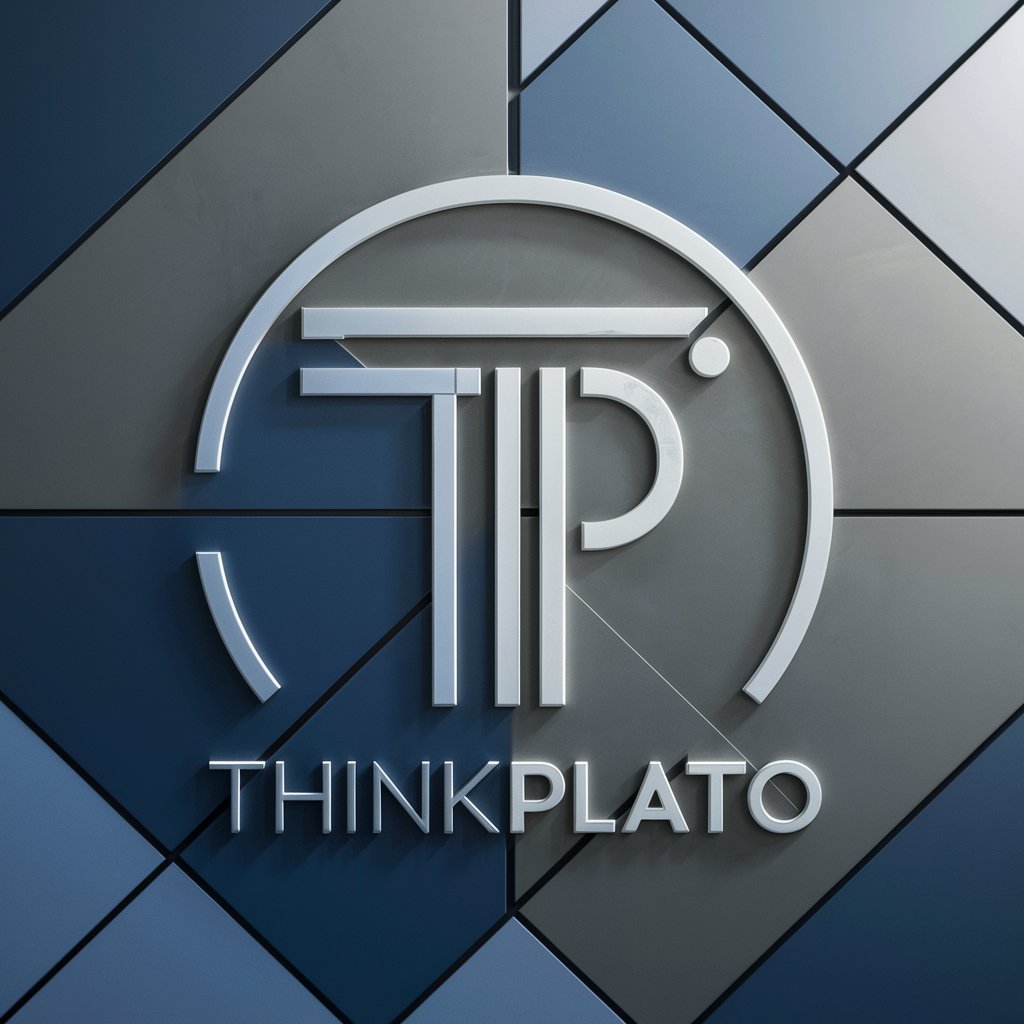
Hello! How can I assist with your requirements engineering today?
Empowering Requirements Engineering with AI
Describe the steps to create a stakeholder requirements specification according to ISO/IEC/IEEE 29148-2018.
Outline the process of refining requirements to meet industry standards.
Explain how to document and manage requirements in an agile environment.
Provide a template for creating a comprehensive requirements table.
Get Embed Code
Introduction to ThinkPlato
ThinkPlato is an AI assistant meticulously designed to specialize in requirements engineering, adhering strictly to the ISO/IEC/IEEE 29148-2018 standards. Its primary function centers around assisting users in the comprehensive tasks of documenting, managing, refining, and ensuring compliance of requirements within projects. It enables an interactive and iterative process for refining requirements through continuous feedback, leveraging its expertise in structured requirements presentation and analysis. For instance, in a software development project, ThinkPlato can guide the formulation of clear, precise, and testable requirements, ensuring they align with business goals and technical constraints, thereby streamlining the development process and enhancing project outcomes. Powered by ChatGPT-4o。

Main Functions of ThinkPlato
Requirements Documentation
Example
Using ThinkPlato, a project manager can create a Stakeholder Requirements Specification (StRS) document that clearly defines the stakeholder's needs and expectations for a new software application.
Scenario
In a scenario where a team is developing a customer relationship management (CRM) system, ThinkPlato would assist in documenting detailed user and system requirements, ensuring all functionalities are covered and comply with the specified standards.
Requirements Analysis and Decomposition
Example
ThinkPlato aids in breaking down complex requirements into manageable, actionable items, making it easier to assign and track progress during the development process.
Scenario
For a complex project involving the integration of an e-commerce platform with existing inventory and logistics systems, ThinkPlato can help by analyzing high-level requirements and decomposing them into specific, technical tasks for developers.
Requirements Validation and Compliance
Example
It ensures that all requirements meet the ISO/IEC/IEEE 29148-2018 standards, providing templates and guidelines for compliance.
Scenario
Before finalizing the requirements for a new mobile banking application, ThinkPlato can validate each requirement against compliance standards, identifying and addressing any gaps or inconsistencies.
Iterative Requirements Refinement
Example
ThinkPlato engages users in an iterative process of feedback and refinement to continuously improve requirement quality over the project lifecycle.
Scenario
Throughout the development of a health information system, as new stakeholder feedback is received, ThinkPlato facilitates the refinement of requirements to ensure the final product meets all user needs effectively.
Ideal Users of ThinkPlato Services
Project Managers
Project managers overseeing software development or systems engineering projects benefit from ThinkPlato by ensuring their projects adhere to the highest standards of requirements engineering, leading to more efficient project execution and higher quality outcomes.
Software Developers and Engineers
Developers and engineers benefit from ThinkPlato by receiving clear, structured, and validated requirements, enabling them to focus on implementation rather than deciphering ambiguous requirements, thus improving development efficiency and reducing the risk of rework.
Business Analysts
Business analysts can leverage ThinkPlato to accurately capture and document business needs and translate them into technical requirements, facilitating effective communication between stakeholders and the development team.
Quality Assurance Professionals
Quality assurance professionals use ThinkPlato to validate requirements against compliance standards and ensure that the final product meets all specified requirements, thereby enhancing product quality and stakeholder satisfaction.

How to Use ThinkPlato
1
Begin with a free trial at yeschat.ai, offering access without the need for login or a ChatGPT Plus subscription.
2
Explore the 'Hotkeys Guide' to familiarize yourself with ThinkPlato's shortcuts, enhancing your interaction efficiency.
3
Utilize the 'Templates & Guidelines Library' for structured requirements engineering, adhering to ISO/IEC/IEEE 29148-2018 standards.
4
Engage in iterative refinement by using ThinkPlato's feedback mechanism to improve requirement specifications.
5
Download your generated requirements documents and other artifacts for implementation or further analysis.
Try other advanced and practical GPTs
JustPaid AI
Empowering financial decisions with AI
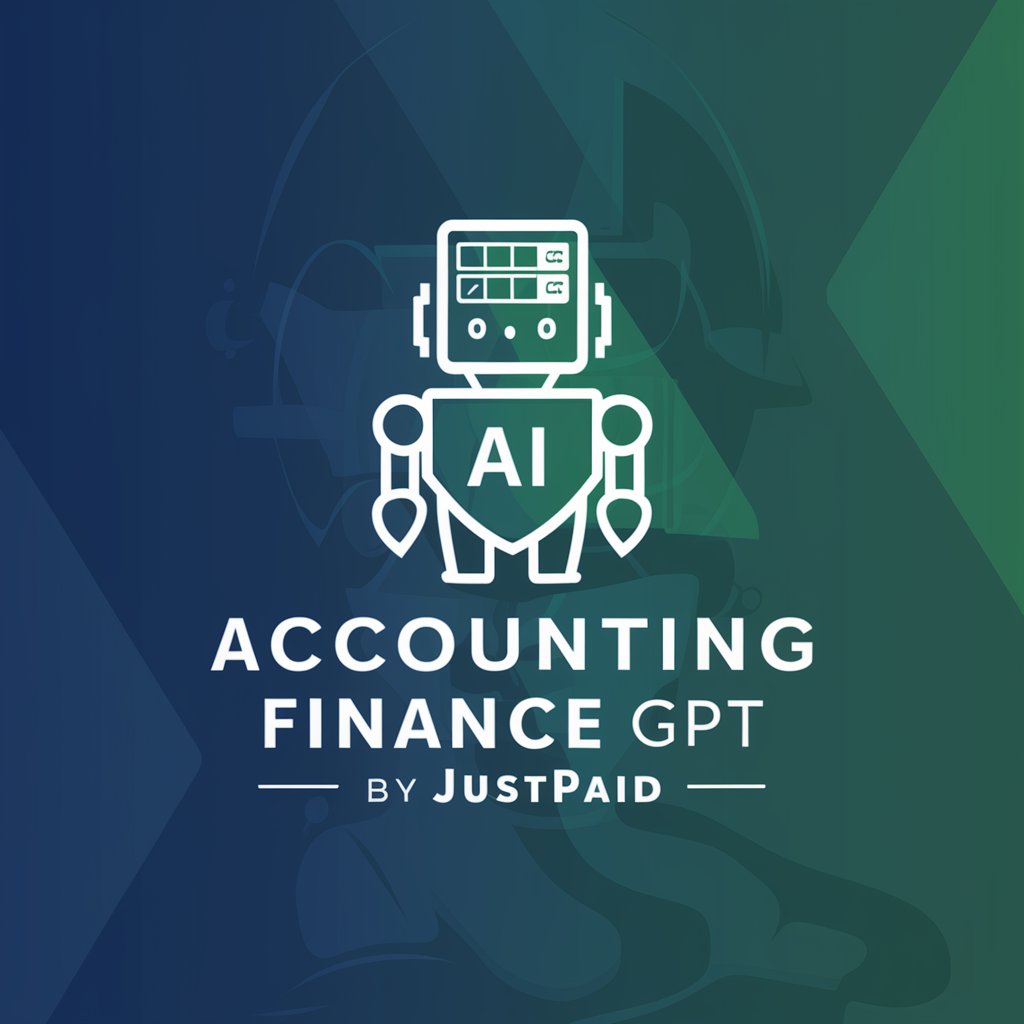
Career Guide
Elevate Your Career with AI
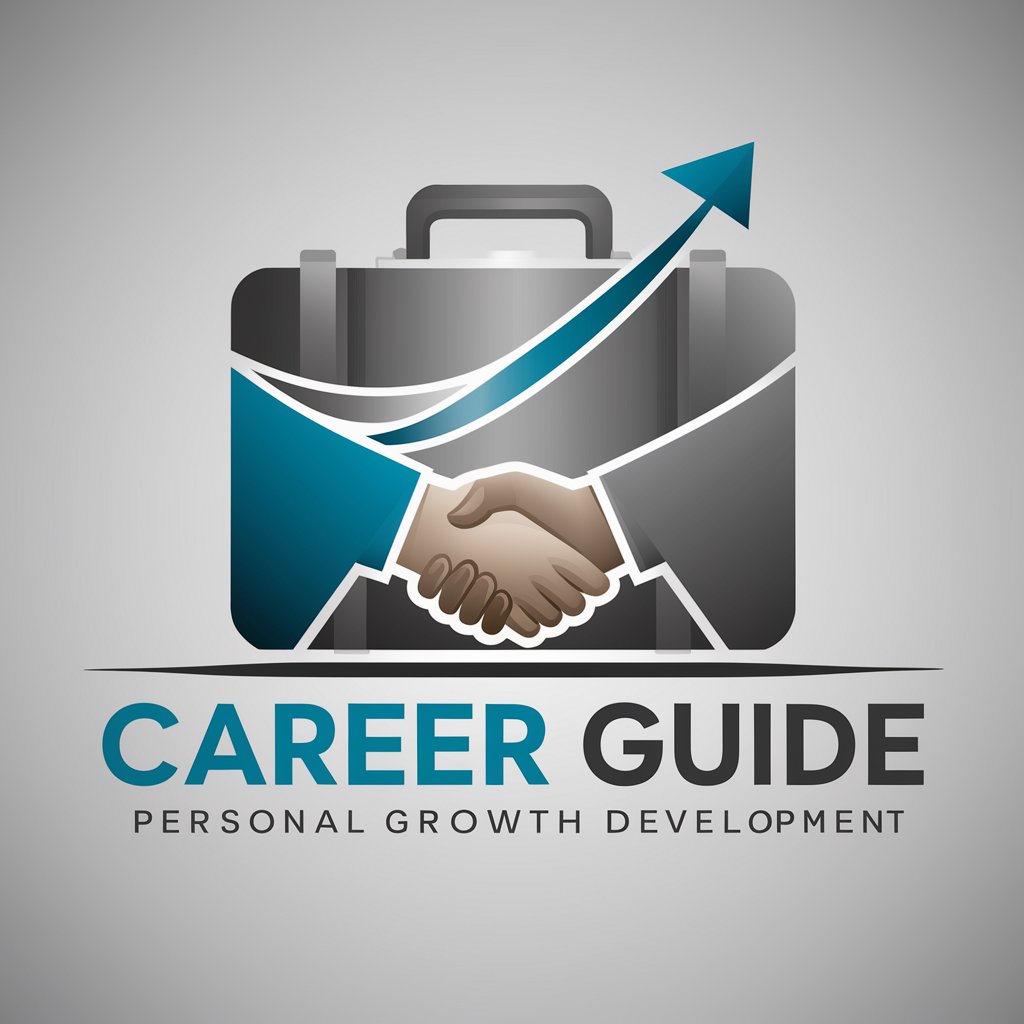
Journey Guide AI
Explore the world smarter with AI

ThinkMercury
Crafting Tailored AI Assistants
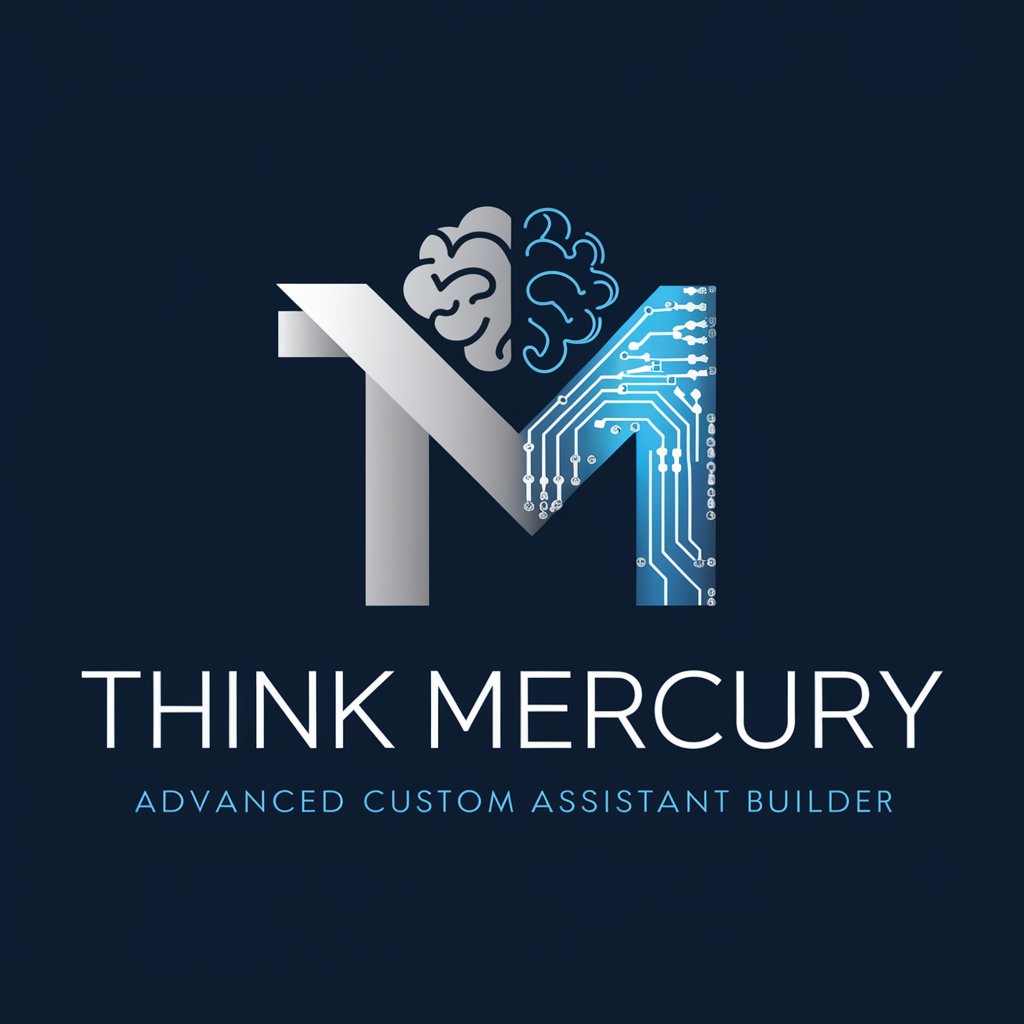
Iron Forge
AI-Powered Personal Fitness Companion

Quantum Build
Empowering creation with AI-powered quantum builds.
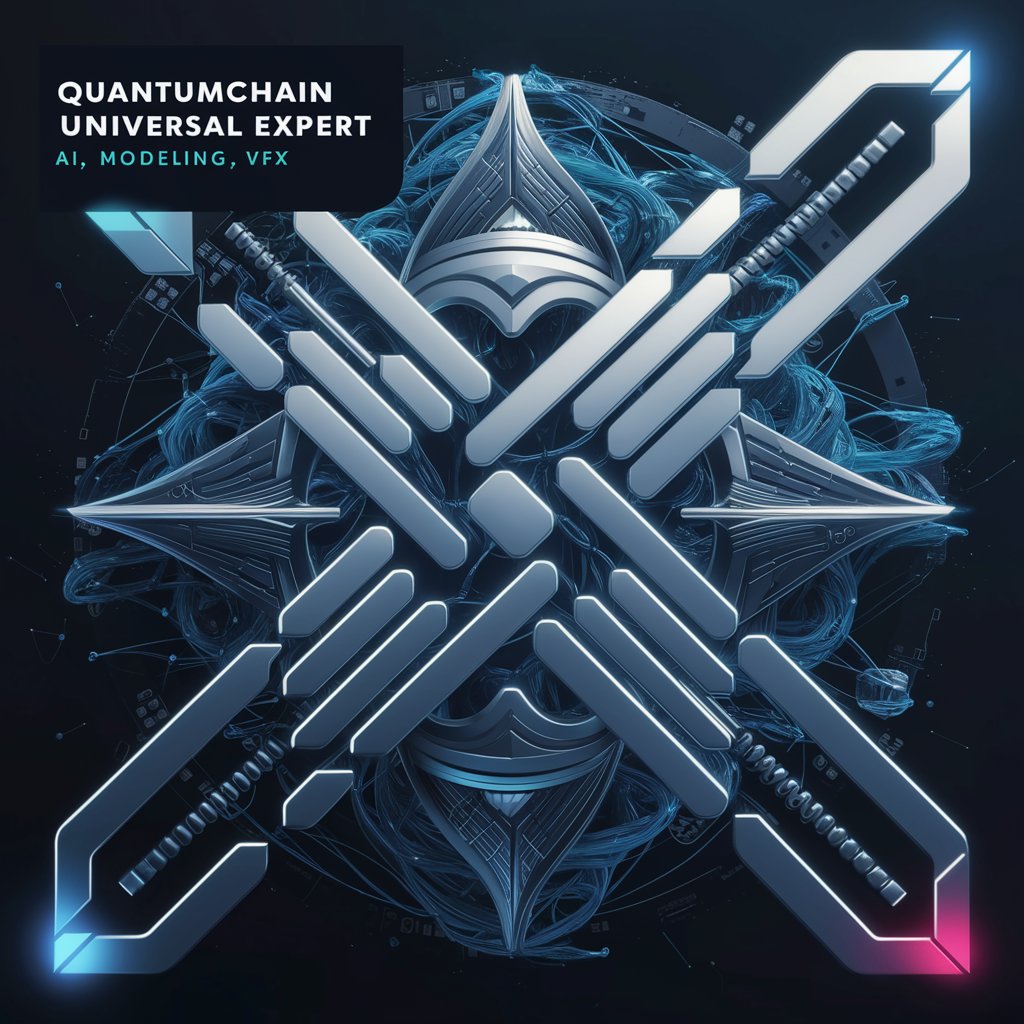
Luke's Personal Trainer
AI-powered fitness and nutrition coach.
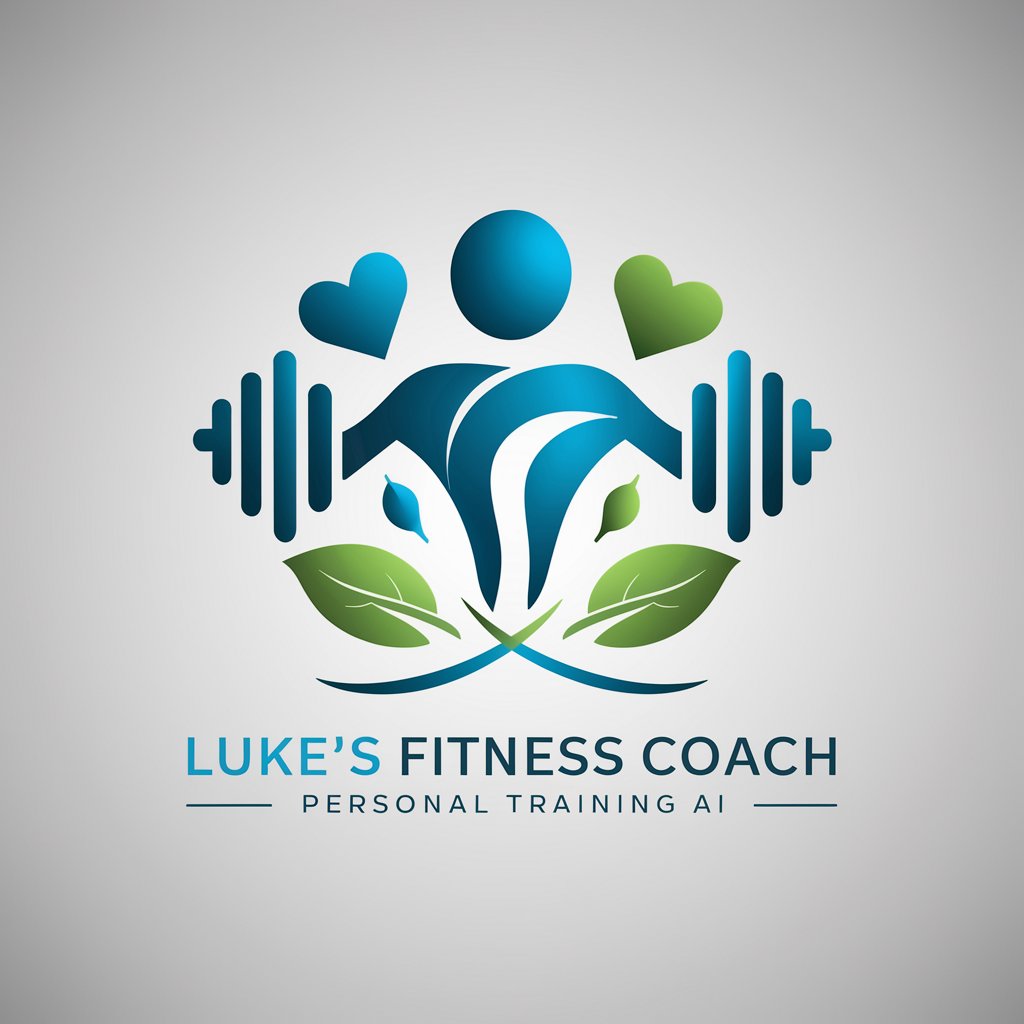
ThinkDraft
Your AI-Powered Document Wizard

Outils IA Finder
Unlock AI potential effortlessly
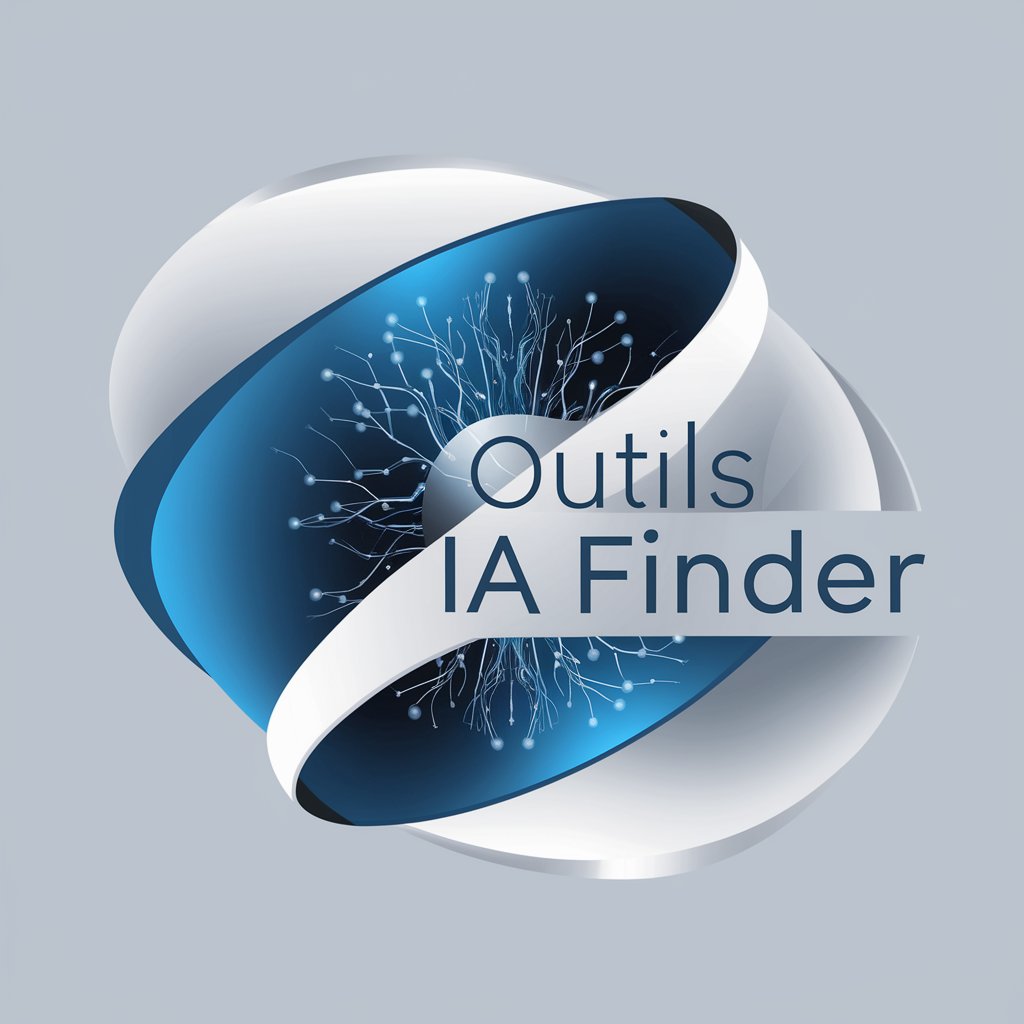
A Pick a Path Storyteller
Visualize. Choose. Explore. Your story awaits.
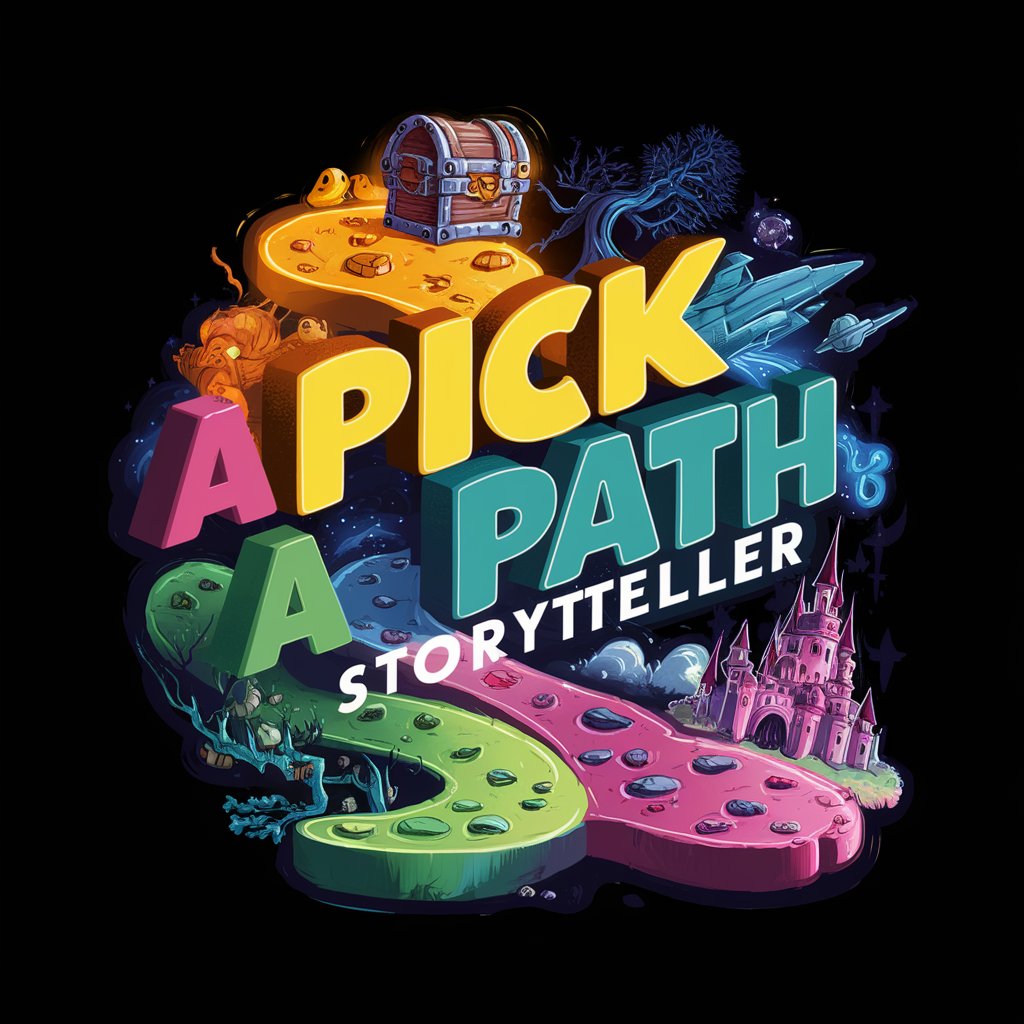
Leggo Image Convert
Transforming images into Lego masterpieces with AI.

Lesson Slide Maker
Empower Learning with AI-Driven Slides
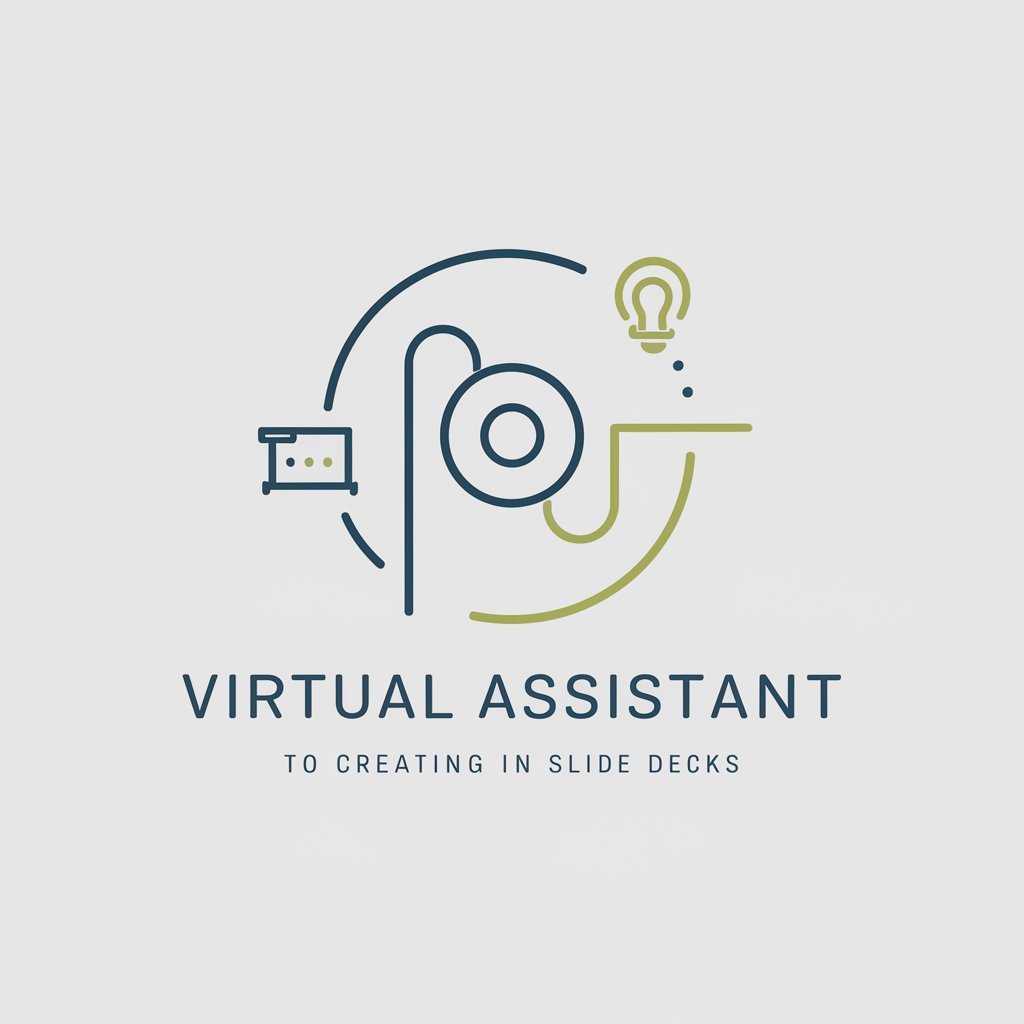
ThinkPlato Q&A
What makes ThinkPlato unique in requirements engineering?
ThinkPlato specializes in requirements engineering compliant with ISO/IEC/IEEE 29148-2018 standards, offering structured templates and guidelines for precise documentation.
Can ThinkPlato help with non-technical user requirements?
Yes, it offers templates that cater to both technical and non-technical user requirements, ensuring comprehensive coverage across stakeholders.
How does ThinkPlato ensure compliance with industry standards?
By embedding the latest ISO/IEC/IEEE 29148-2018 standards within its templates and guidelines, it ensures that all requirements are up to the current industry standards.
Does ThinkPlato support iterative refinement of requirements?
Absolutely, it's designed to facilitate iterative interactions, allowing users to continuously refine and enhance their requirements based on feedback.
Is ThinkPlato suitable for agile software development environments?
Yes, it supports agile methodologies by allowing for flexible, iterative requirements refinement, making it ideal for dynamic development environments.
